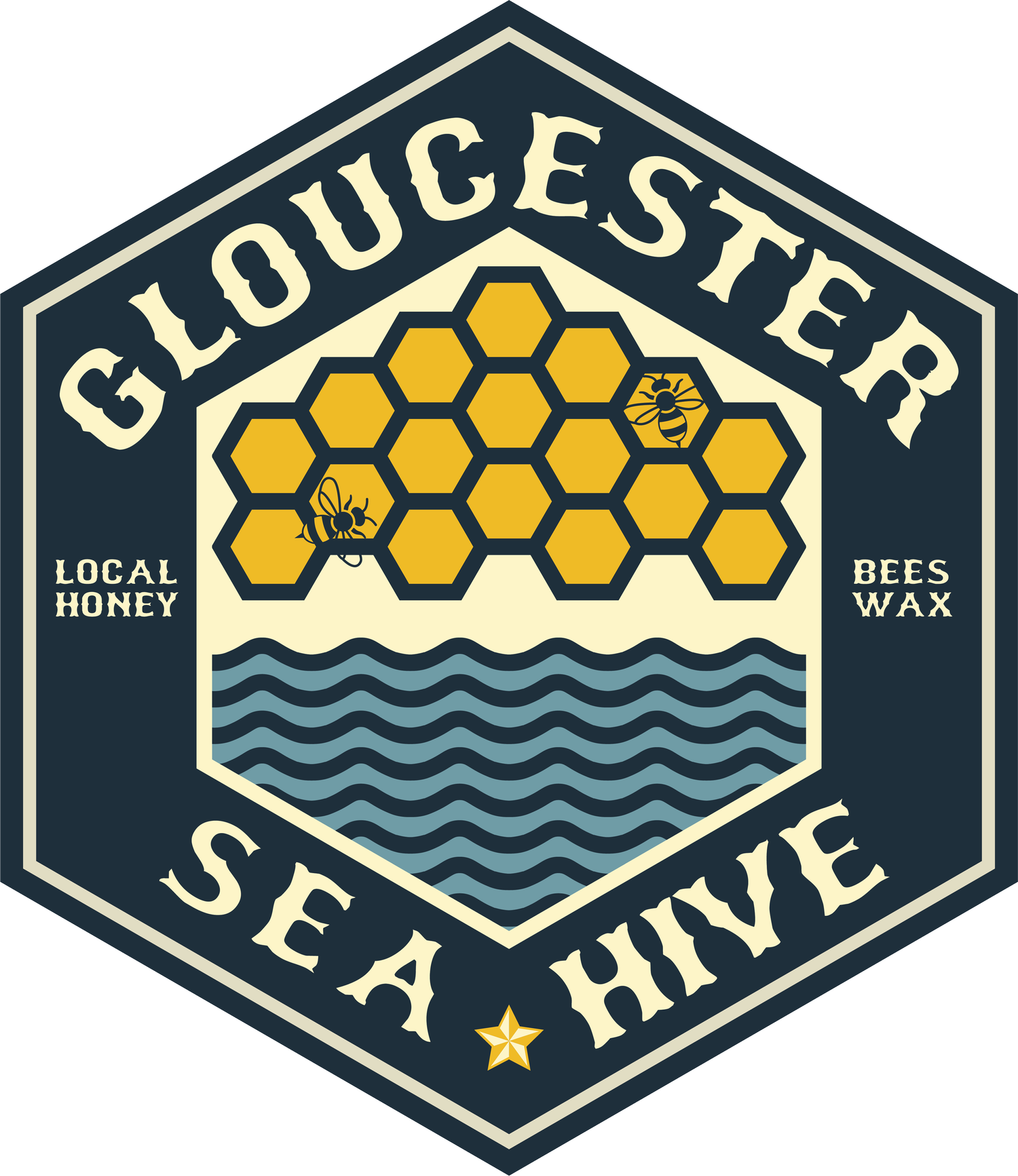The Sea Hive Begins
In 2011, I saw a story about colony collapse and couldn’t stop thinking about it. It wasn’t sensational—just quietly devastating. Bees disappearing. Hives going silent. And underneath it all, the truth that we rely on them more than we realize.
I didn’t have a background in beekeeping. I wasn’t raised around hives. I just started paying attention. I planted wildflowers. I watched what showed up. Over time, that curiosity became a kind of reverence. Bees are astonishing. The more I learned, the more I wanted to make space for them—and to do it right.
Bees Loading…
Getting ready. The veil, the gloves, The Beekeeper’s Bible. Not pictured: the nerves, the excitement, and the weight of doing this right. The Sea Bees arrive soon.
The Gloucester Sea Hive is the start of that. No bees yet—I pick them up the last week on April of 2025, so in about three weeks. And no hive shed—probably not this year. But the idea is strong and growing legs: a small, coastal apiary that honors the work these insects do, while creating something meaningful for the community around it.
I’ve got gear arriving. A class underway. I’m watching the weather, walking the yard, and tuning into the rhythm of a life I haven’t lived yet—but will. The shed—a place I call The Salty Bee—lives on paper for now. I imagine it as a kind of tiny outpost. A mix of New England grit and curiosity shop warmth. A place to one day share wax, honey, and what I’ve learned.
But for now, this is the season of planning. Of quiet starts.
I’m learning the bees before I ask anything of them.
This is the Sea Hive.
It’s not much yet. But it will be.

